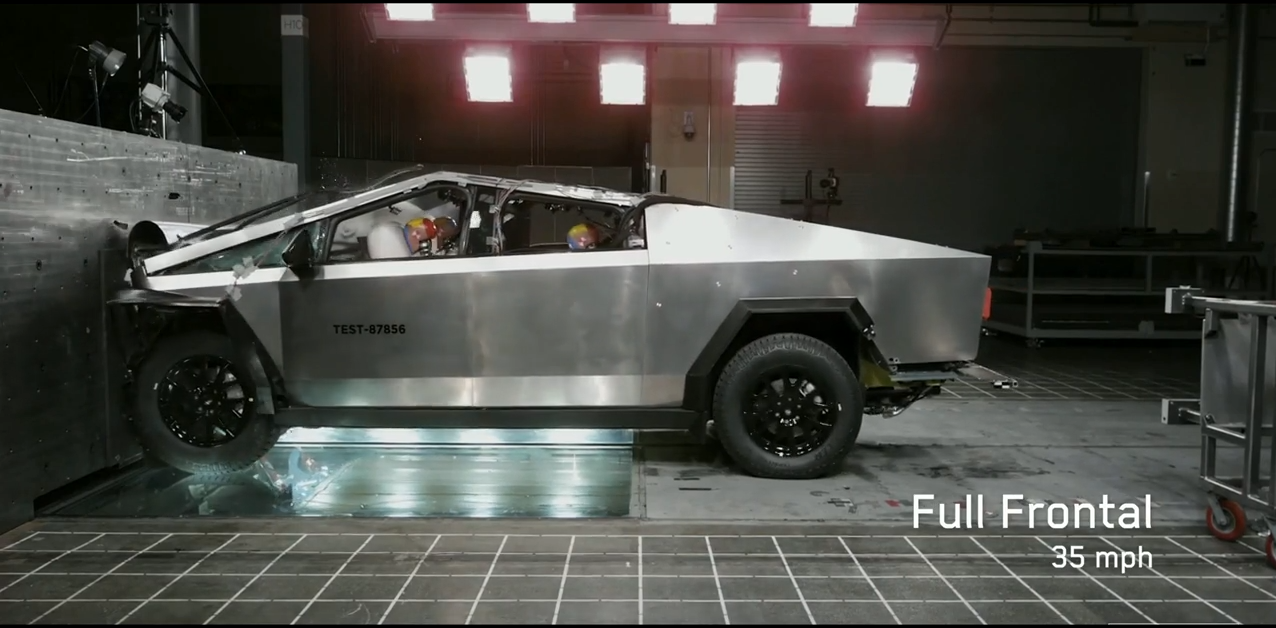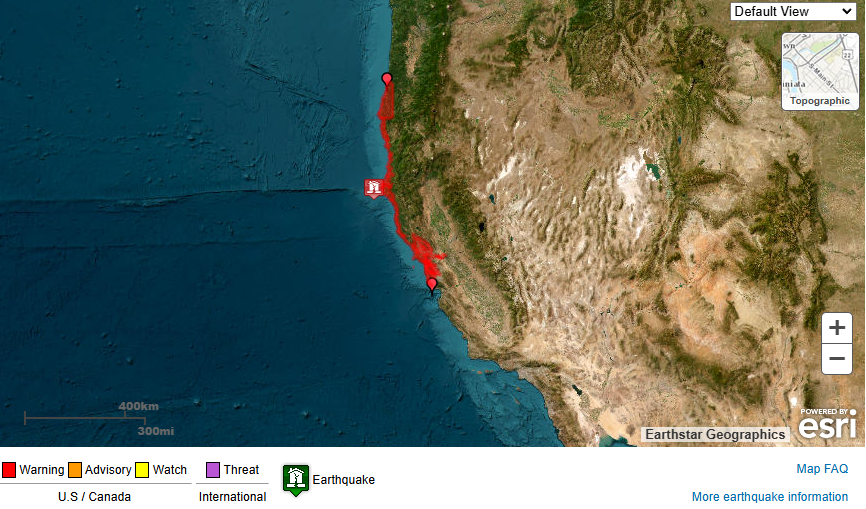Tesla’s Cybertruck, a vehicle touted for its revolutionary design and cutting-edge technology, is facing significant scrutiny over its safety standards. While the futuristic vehicle has captured the imagination of many, experts and industry watchdogs are raising alarms about its viability in international markets and potential risks to both occupants and pedestrians.
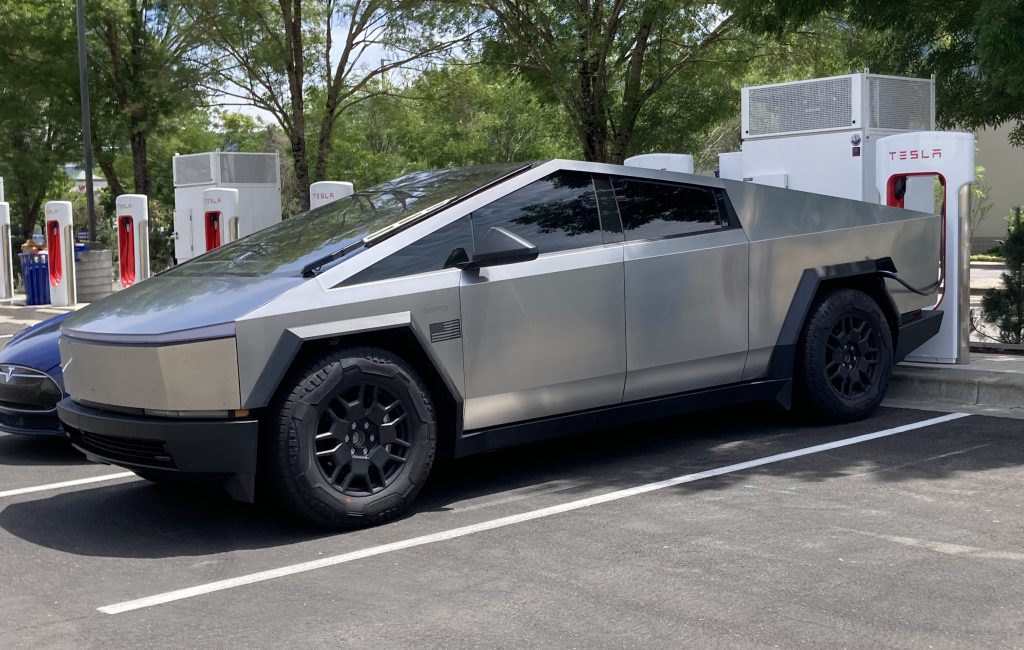
The Cybertruck’s design has not met the stringent safety standards required in many countries. Unlike the U.S., where automakers self-certify vehicle safety, most countries mandate independent verification of safety features such as crumple zones, impact-absorbing bumpers, and soft edges. These regulations are designed to protect both vehicle occupants and pedestrians, but the Cybertruck’s sharp edges and hard metals pose significant risks.
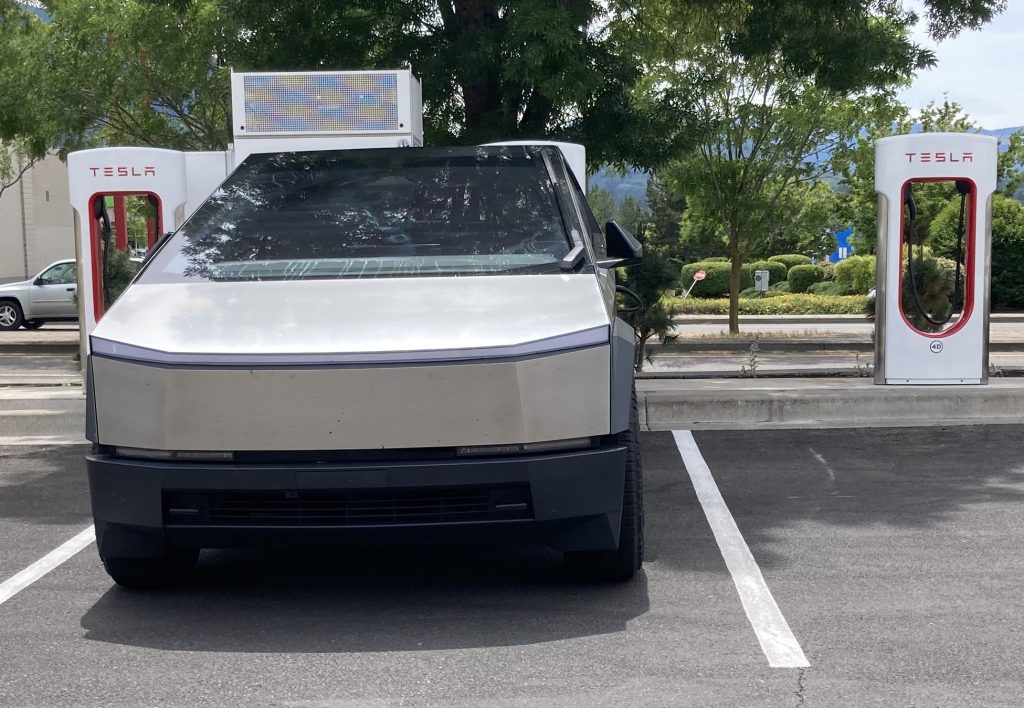
Elon Musk, in an August 2020 podcast, admitted that the Cybertruck was not designed to meet international standards. Lars Moravy, Tesla’s VP of Vehicle Engineering, further confirmed in December 2023 that the Cybertruck would not be sold in Europe due to its inability to meet specific safety regulations.
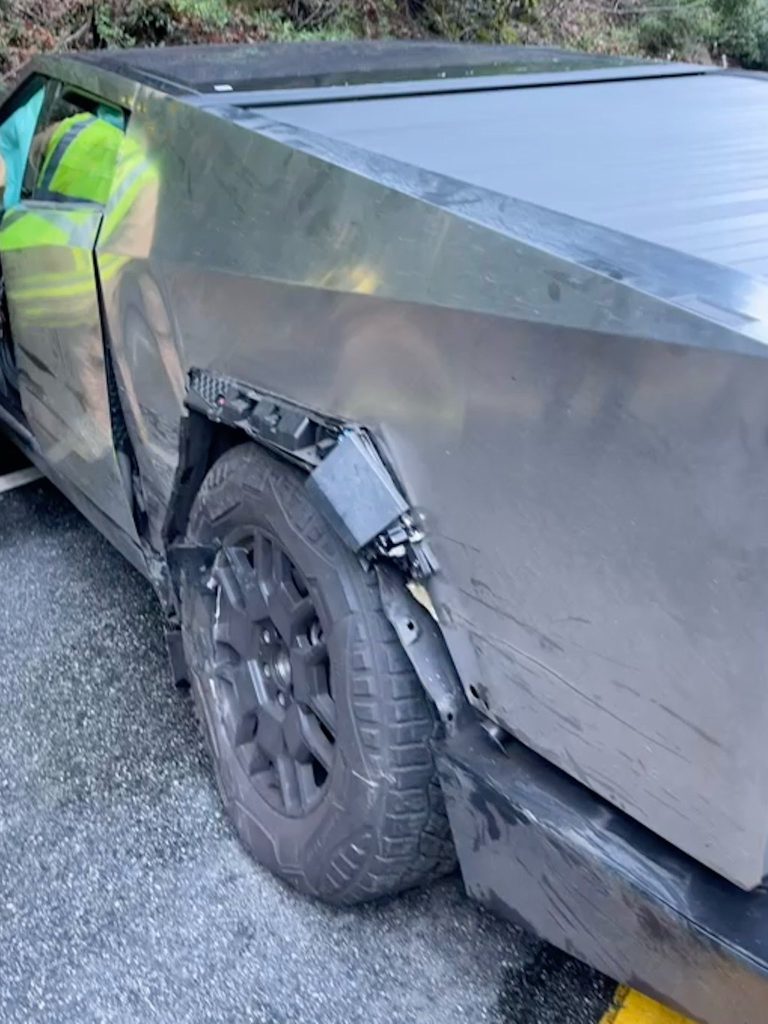
The use of stainless steel in the Cybertruck’s construction has drawn particular criticism. Unlike other vehicles that use materials designed to deform on impact, the Cybertruck’s hard metal exterior does not absorb collision energy, making it potentially more dangerous in crashes. James Goodwin of ANCAP and Michael Brooks of the Center for Auto Safety have both highlighted the risks posed by the vehicle’s angular design and rigid construction.
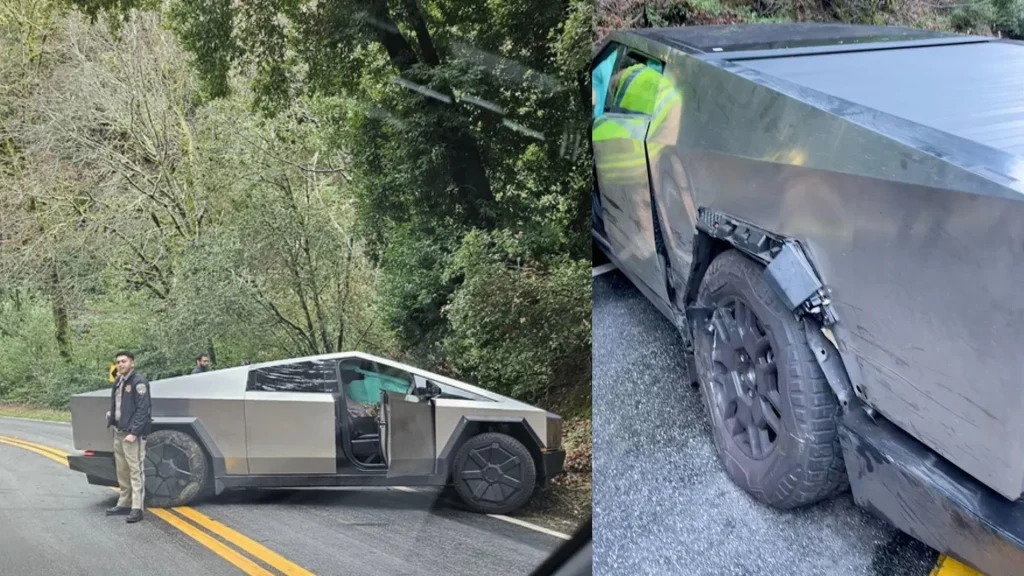
Weighing in at 6,843 pounds for the top-of-the-line version, the Cybertruck is significantly heavier than most vehicles on the road. This weight exceeds the limit for regular car licenses in Europe when considering its payload capacity. Heavier vehicles not only pose greater risks in collisions but also contribute to rising pedestrian fatalities, which reached a 40-year high in the U.S. in 2023.
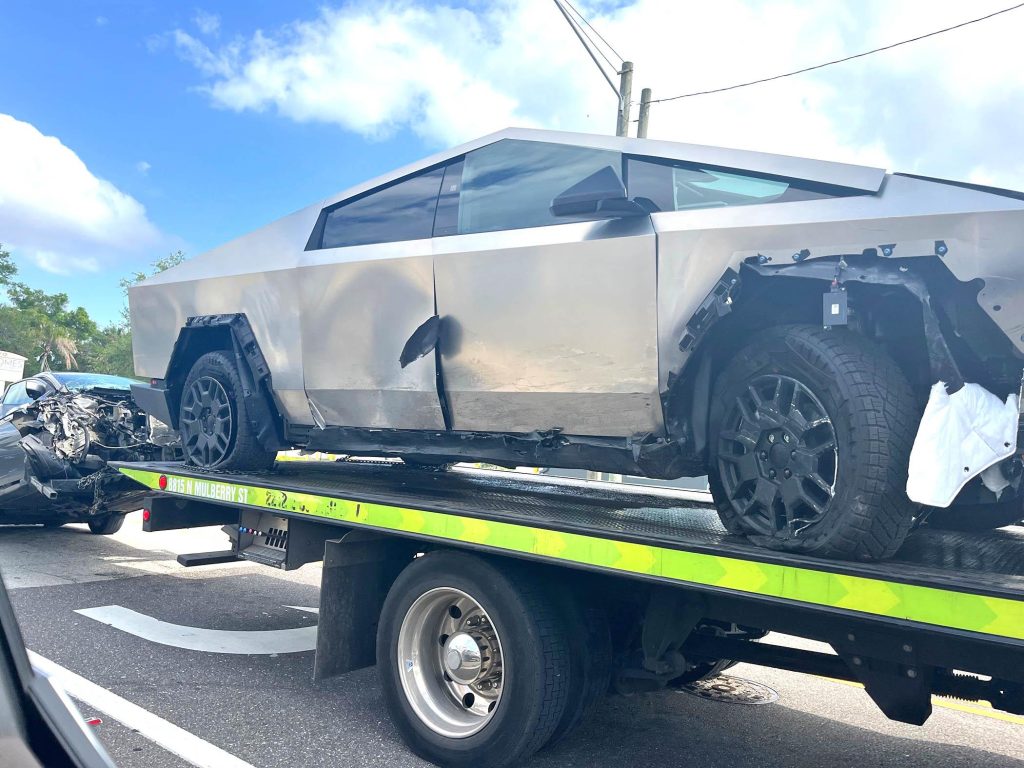
Another area of concern is the Cybertruck’s impaired visibility. Thick A and B pillars create significant blind spots, and the single windshield wiper fails to cover the entire screen, leading to visibility issues in heavy rain. The rearview mirror, replaced by a screen, requires drivers to look down, which can be dangerous. The small, triangular wing mirrors, designed with aesthetics rather than safety in mind, further complicate the driver’s ability to monitor the surroundings.
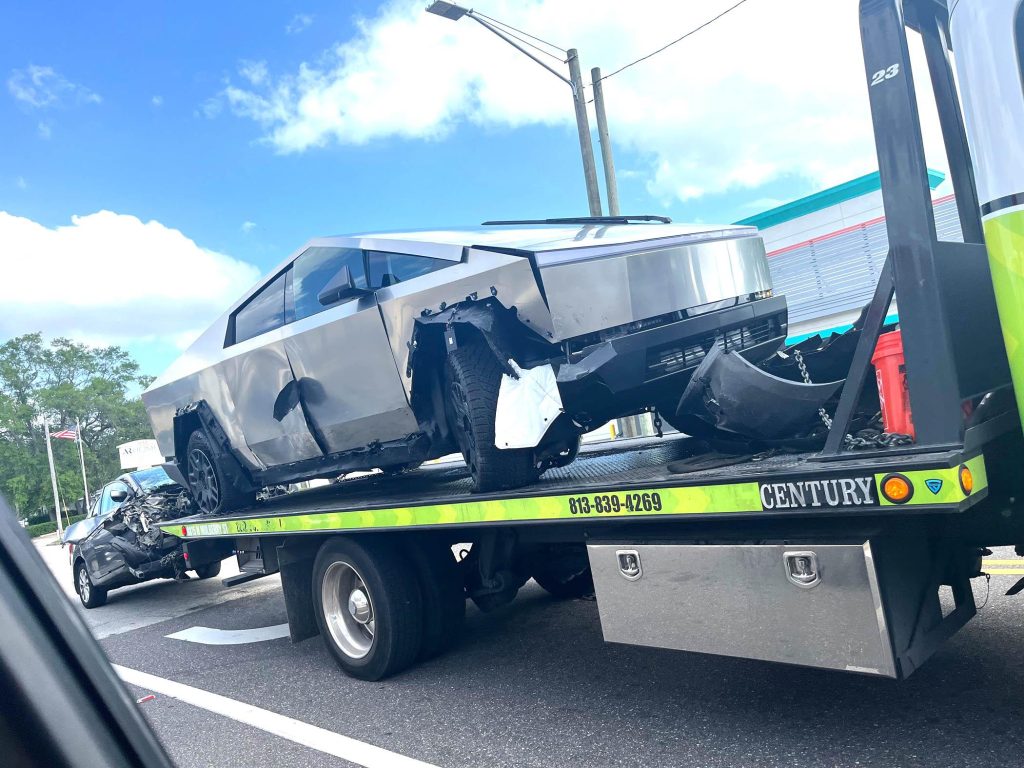
The Cybertruck also lacks a spare tire and has faulty aero covers that can damage the tires over time. This omission, along with the impractical design of the aero covers, has raised questions about Tesla’s approach to vehicle safety and practicality.
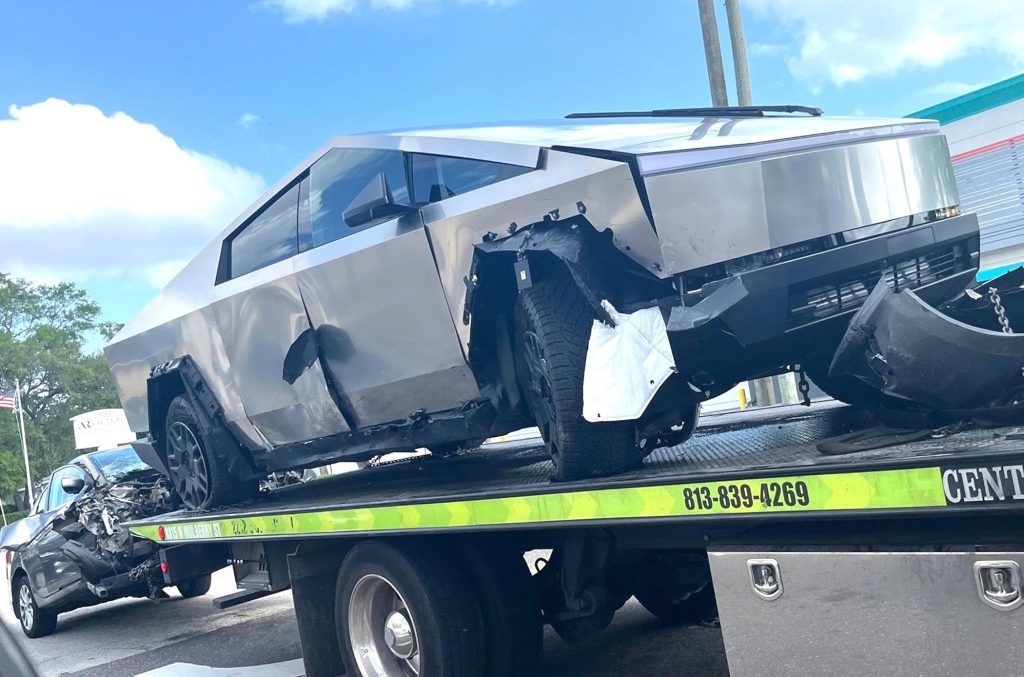
Tesla’s Cybertruck, while innovative, presents several safety concerns that cannot be overlooked. The combination of hard metals, sharp edges, excessive weight, and impaired visibility, along with the lack of adherence to international safety standards, raises serious questions about its suitability for public roads. As the debate continues, it remains to be seen whether Tesla will address these issues to make the Cybertruck safer for both occupants and pedestrians.

